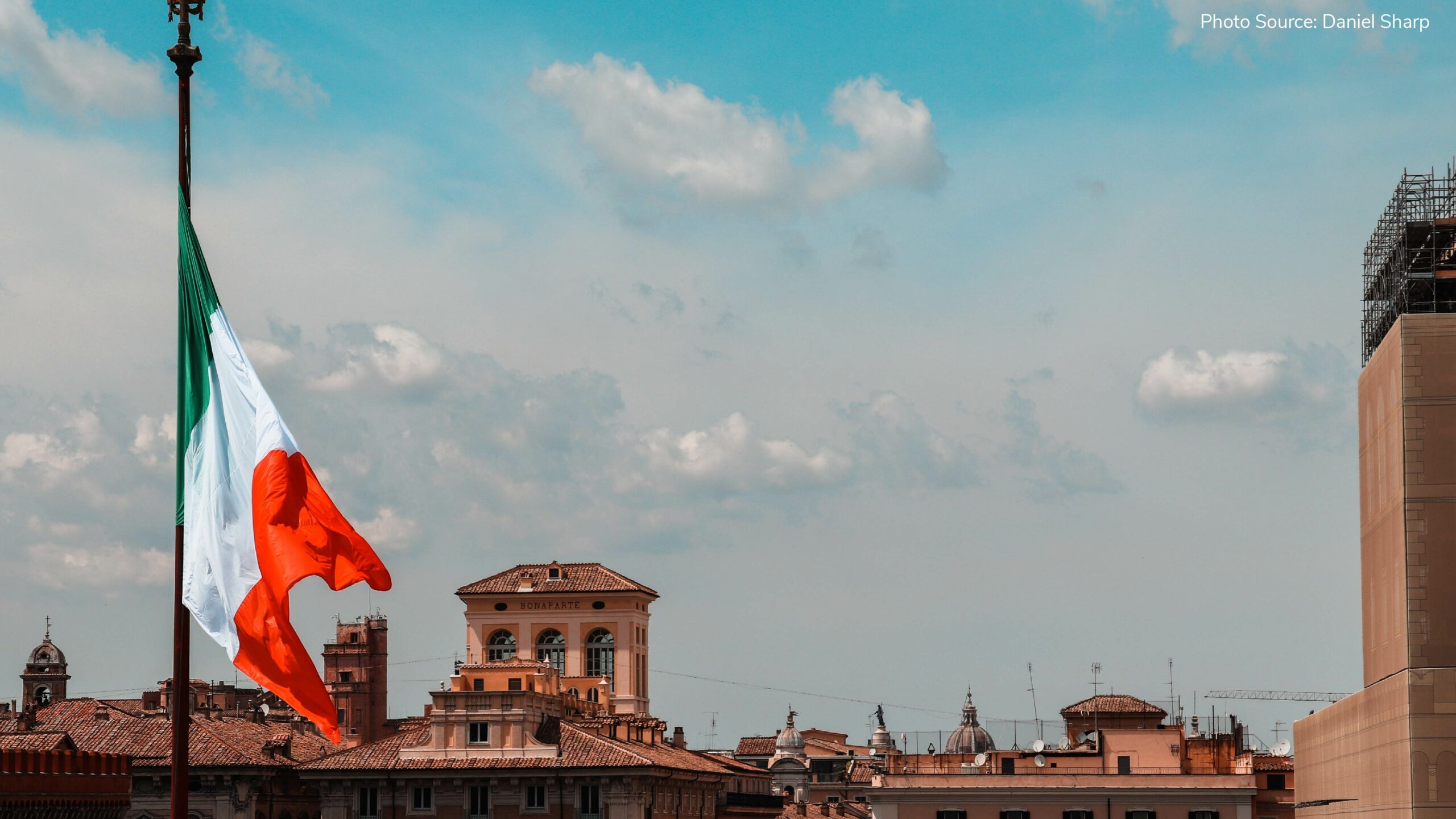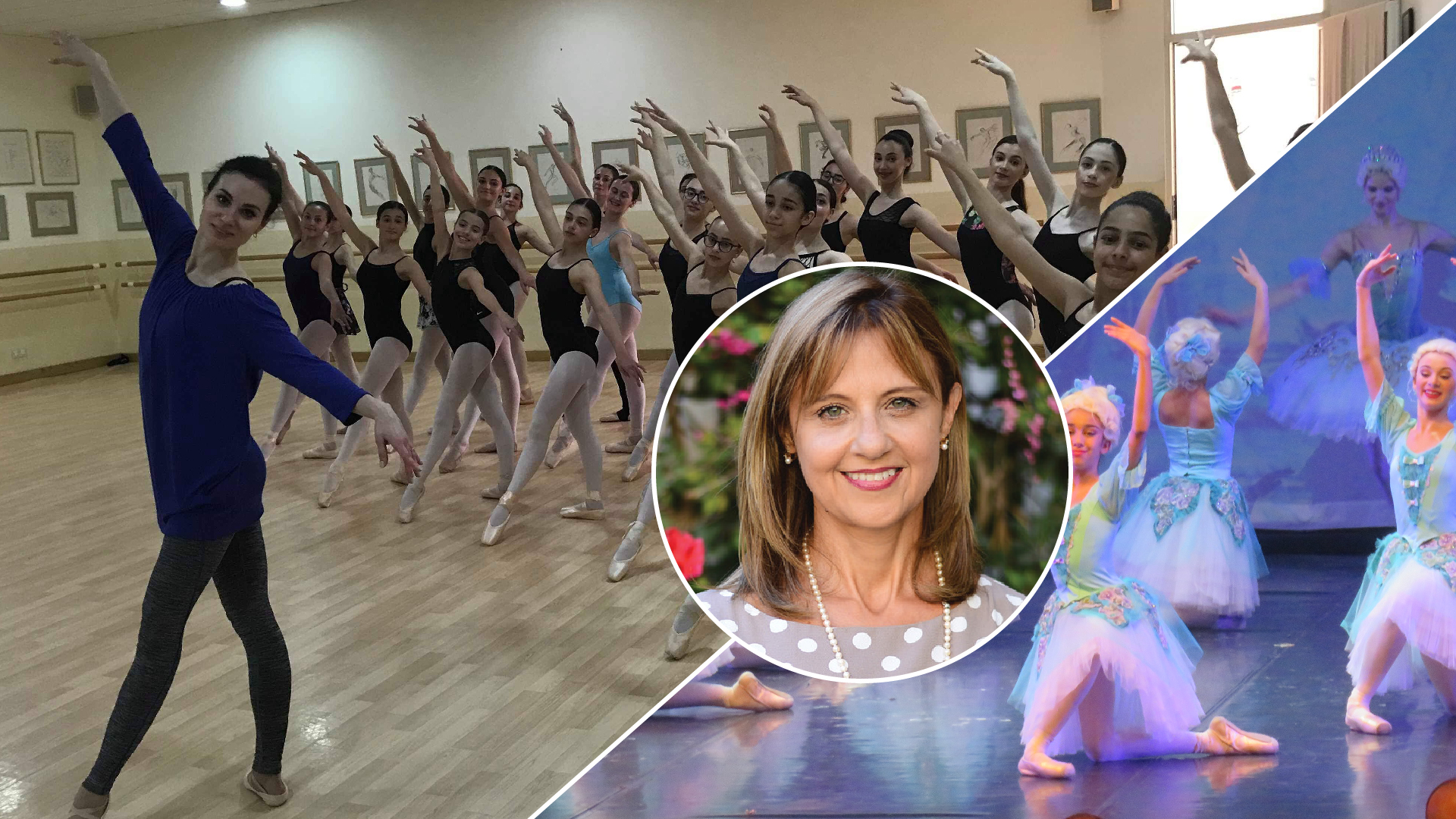
For over 30 years the Brigitte Gauci Borda School of Dance has been synonymous with innovation and excellence, regularly staging a series of ambitious, unique and highly successful productions and other projects in addition to its ongoing tuition activities. These include a ten-year celebratory performance of The Nutcracker in 1999 at the Manoel Theatre with professional guest dancers performing the main roles, and other traditional ballets including Coppelia, Paquita, Swan Lake, Sleeping Beauty, Giselle and Cinderella to mention but a few. The introduction of International Ballet Malta, a project which brings renowned guest dancers from overseas to teach Maltese students, was launched in 2018 with a full-length production of Giselle at Pjazza Teatru Rjal. The production featured 70 students, with ballerina Luisa Lopes from The Royal Swedish Ballet, Erico Montes from The Royal Ballet and Sergey Kheylik, Former Principal Los Angeles Ballet & Vienna State Opera, dancing the leading roles.
In 2018 the Brigitte Gauci School of Dance collaborated with the European Foundation for Support of Culture and the Bolshoi Theatre for the performance of Crystal Palace, a specially composed ballet by Alexey Shor featuring an original score, unique set and costume design and a live orchestra.
Since the school’s opening in 1989, Brigitte has successfully prepared her students for auditions with leading dance schools including the Vaganova Academy of Russian Ballet in St Petersburg, English National Ballet School (London, UK), Elmhurst Ballet School (Birmingham, UK), Northern Ballet School (Manchester, UK) and Arts Educational (Tring Park UK).
We caught up with Brigitte to learn more about these many projects, the history of ballet in Malta and the effects of the recent coronavirus outbreak on the school’s activities.
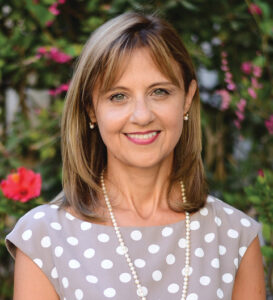
Brigitte Gauci Borda
Brigitte, can you start by discussing the COVID-19 pandemic and how it has affected the activities of your school?
Yes, well we’re quite lucky because our studios are very large, very spacious. We’ve placed stickers, three meters apart to mark where the students should be positioned in order to conform to social distancing regulations, so when they are working at the barre there’s no issue, they are all three meters apart. When using the centre of the room they are also three meters apart. It worked out very well considering the circumstances and the students adapted quickly. Also, most of them are wearing masks now because the numbers in Malta have increased.
Do masks present additional challenges? Dance is of course a very intense physical activity after all.
Yes, very much so. Malta’s Health Department Guidelines state that students have to wear a mask in all common areas, including those areas with markings helping everyone to stay two meters apart. In the studio the students don’t have to wear a mask but the teachers do. Once the numbers of infections in Malta started increasing, we noticed that the students were wearing masks in the studio.
Presumably this also presents difficulties for partner work. Were you able to teach dance involving physical contact between students?
Unfortunately not, no. It’s frustrating as it means we’re not able to do pas de deux work, for example, due to restrictions on physical contact.
“…you have to stay afloat. Otherwise, you just shut down.”
This must impact other elements of the lessons, for example teachers correcting errors in technique by manually adjusting a student’s posture?
Yes, in fact that really restricts teachers and undeniably makes their job more difficult. It’s odd because we’re used to being able to go over to physically correct the students. Although we can still do this to a certain extent, it means then immediately sanitising our hands afterwards. So, if we correct the student and there’s physical contact, we sanitise immediately. Additionally, we have to ensure that the barres in the studios are sanitised before and after each class. It’s very stressful for us. But we’ve managed to keep the school open because we’ve kept it safe.
Did you consider online alternatives as a solution to teaching during the pandemic?
Yes, we prepared a ‘Plan B’ for what we would do if in the face of further restrictions and possibly even another lockdown. We installed internet access in all of our studios in the event that if someone tested positive for the virus, we could then close the studio for the duration required, while still running classes online with just the teacher in attendance. But it’s not the same. At home the students don’t have sprung flooring, barres or mirrors. They don’t have the right equipment and, except in rare cases, they don’t have the space. During the initial lockdown when we were forced to close the school, we did give classes online so we do have experience of working in that way. Of course, it requires that the children are motivated and in regular contact…it’s very difficult to teach online.
It doesn’t really make sense to do things this way, I guess?
It doesn’t make sense really, no. But at least it means we are able to run classes of 4 – 6 students, and I’ve been passionate about keeping the school open in order to maintain some sort of income for the teachers. So, although it’s not really sustainable in terms of the limitations on our classes and even thinking as a business, you have to try to stay afloat, otherwise, you will just shut down.
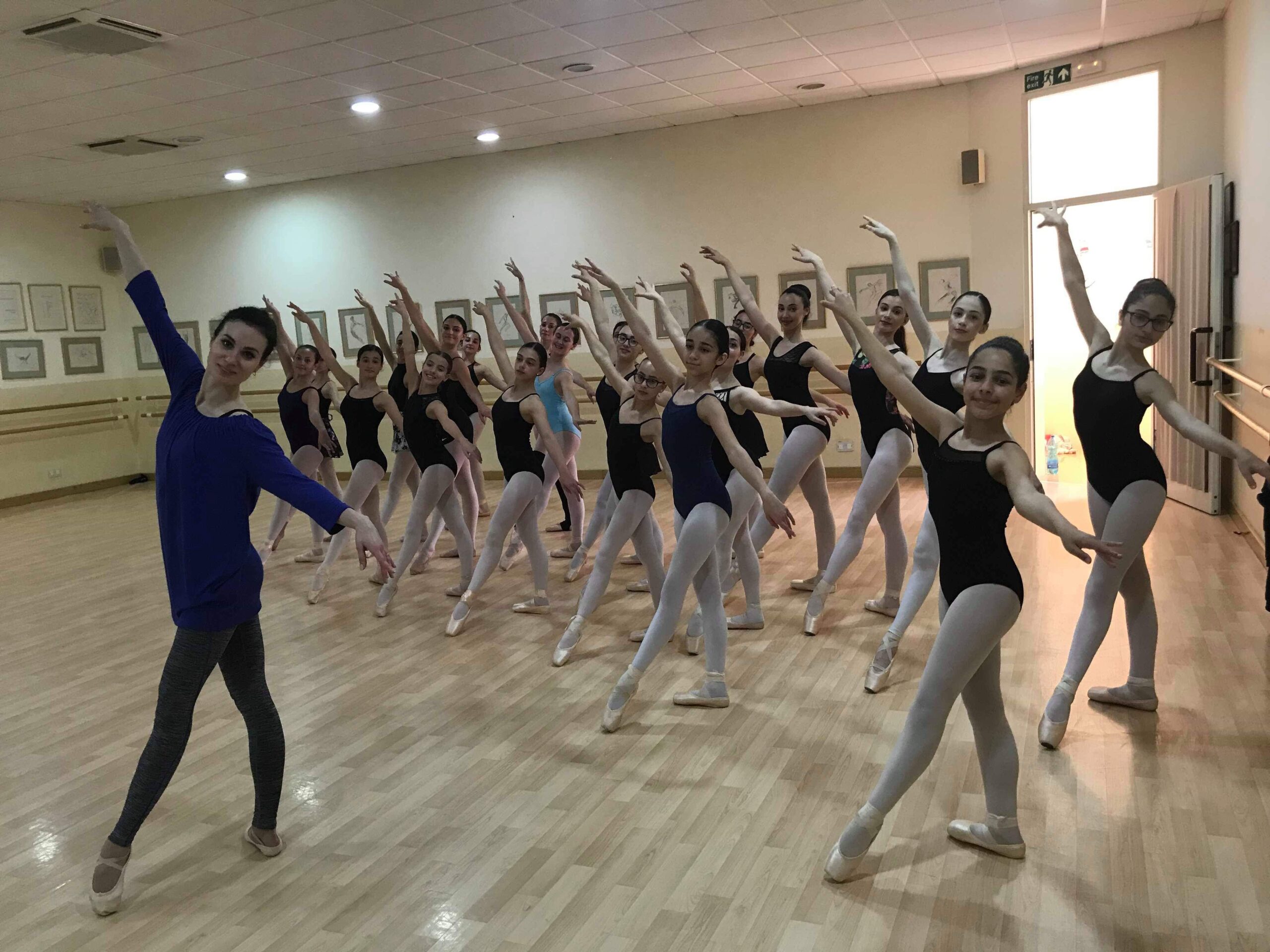
International Ballet Malta featuring Daria Lyakisheva, Prima Ballerina of the Bolshoi Theatre.
The restrictions must make it very difficult to stage a full ballet, even for large performing companies such as the Royal Ballet for example?
Absolutely. In the case of the Royal Ballet, at the beginning of the lockdown, when most countries were experiencing the measures at the same time, many of the dancers were offering virtual classes. Recently they’ve managed to move back to the studio, wearing masks and keeping their distance, they are in a ‘bubble’ [the term used in the UK for the government-approved practise of maintaining small groups of people whom one may maintain close contact with during a lockdown]. I know they were rehearsing for Nutcracker, and I think they had maybe one or two performances. However, now that the UK is in lockdown again, they can’t engage in performances. It’s so heart-breaking, rehearsing for so long, and, after all, The Nutcracker is a tradition. They’ve been doing it annually for many years and I imagine it must be really devastating. It has been tough on performance companies. For people like myself who have schools it’s different. Obviously, we can’t have performances, though these of course occupy less of our time than tuition. I was very lucky to hold a performance marking the 30th anniversary of the school a year ago in December 2019, just before the COVID-19 situation began.
In 2018 you collaborated with the European Foundation for Support of Culture for the Crystal Palace ballet, a project which saw your students join professional ballet dancers from the Bolshoi and other leading theaters of Russia for a performance of this brand new ballet featuring original music, costumes, set design and a live orchestra. Can you tell us more and explain how this project started?
It was a really exciting project, especially for the students. Konstantin Ishkhanov, the President of the European Foundation for Support of Culture approached me to ask if I would collaborate with them on a project. They told me about the opportunity and it sounded really amazing, very spectacular. They even had animals on the stage! They specially produced everything for the ballet: lavish costumes, a new storyline and music score, special choreography…it was on a huge scale and featured over forty dancers from the Bolshoi Theatre and other leading theatres of Russia. First the production’s Director and Choreographer, Ekaterina Mironova, came to my school to audition the students, because of course she had to pick the top candidates according to the criteria of the ballet, even taking into account height and weight — something that people outside of the ballet world might not realise. I was very proud that my students learned the choreography in quite a short amount of time, around two weeks I believe, before later having their costumes fitted. Regarding the choreography, the students first rehearsed under the direction of Ekaterina Mironova, then when the troupe came to Malta they rehearsed together. It was also a fantastic experience as the students were afforded the opportunity to dance to a live orchestra, the Malta Philharmonic Orchestra. In Malta we don’t get many opportunities to dance with a live orchestra due to the financial considerations involved. Usually, we have to use recorded material so this was a first for my students, and I think something that they will really remember.
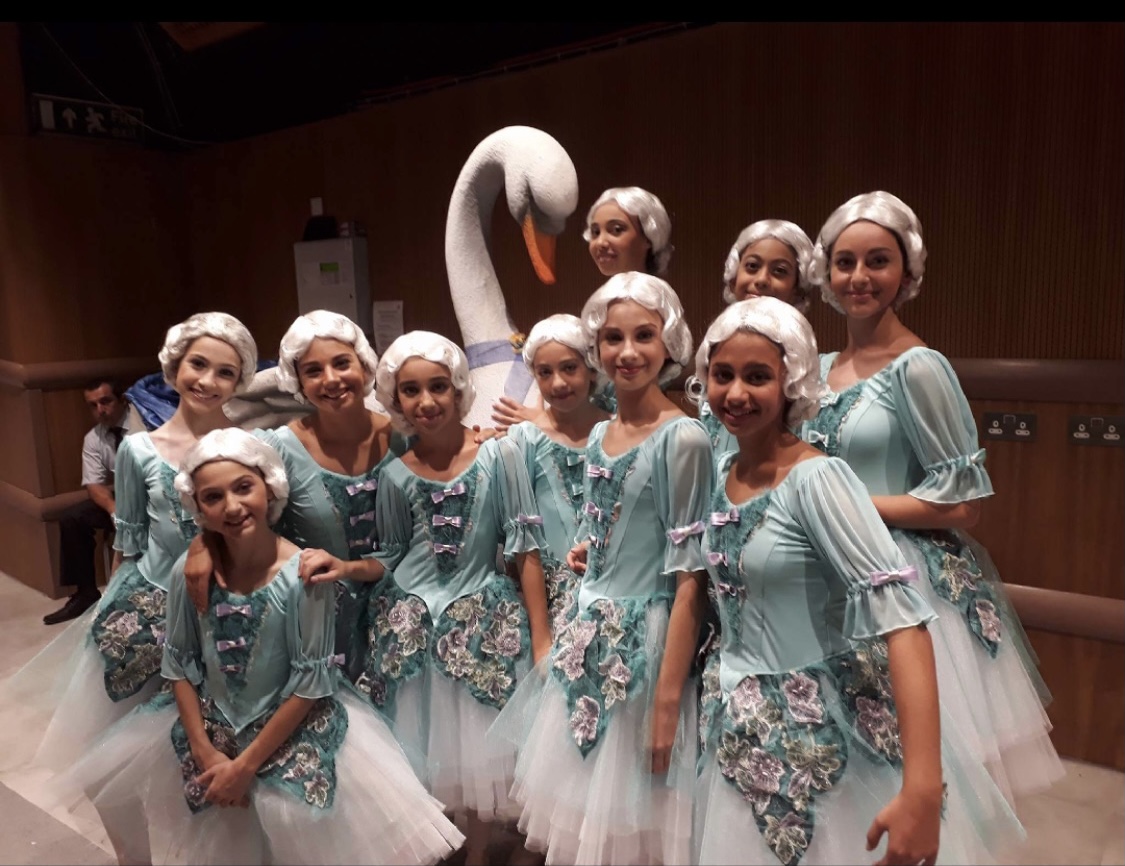
Students from the Brigitte Gauci Borda School of Dance in costume for the performance of the Crystal Palace ballet in 2018.
How did your students adapt to playing with a live orchestra? It must be a very different experience I imagine.
Exactly, it’s a very different thing and of course even the sound of the instruments is different when played live. The students adapted quite quickly, however, and it’s all a part of the learning process after all. What was amazing was to see how ballet provided a shared experience and therefore a shared way of communicating, which transcended any difficulties we had working with people from a different country. The Director, for example, wasn’t able to speak many words in English, yet was still able to communicate with the students through the artistic medium, using that shared physical ‘language’ to teach the choreography, sometimes to students as young as eleven or twelve.
How did your dancers enjoy the experience?
Oh, they were very excited. For them to be dancing in the same performance as Ivan Vasiliev, Maria Vinogradova and Maria Allash was really fantastic — they were taking photos with them, getting their signatures. It was a great opportunity all around and an experience never to be forgotten I would say. We are very lucky to have been given this opportunity.
“…this was a first for my students, and I think something that they will remember.”
Can you tell us a little more about the background for this project?
Yes, well it’s funny now looking back because, to be honest, at first, I almost refused! Konstantin Ishkhanov, came to my school with two colleagues. At that time, I actually had three guests visiting to teach a course at the school: a guest ballet mistress from the Royal Ballet, a Brazilian ballerina from the Royal Ballet and a Russian male dancer. After the course we planned to hold a presentation session, to give the students a chance to put the teachings into practise and present what they had learned. The project Konstantin Ishkhanov proposed would have unfortunately clashed with one of the classes and the presentation, so we ended up looking at the calendar together trying to solve the issue. At one point I didn’t think we were going to be able to get past the scheduling difficulties, but Konstantin wouldn’t take no for an answer, and even said he would work round our commitments and weekly timetable. Of course, had I fully appreciated what a large event Crystal Palace was going to be I would have said yes immediately! The students involved did miss a day of the course and the presentation at the end, but of course there’s no substitute for such a fantastic opportunity.
A year after the Crystal Palace ballet, in 2019, you performed in the Dance Showcase which I believe took place at the Mediterranean Conference Centre (MCC)?
Yes that’s right; the Dance Showcase was held in the same venue as Crystal Palace and actually included performances from the ballet, though this time on a much smaller scale because it contained only two sections from the original production. The Bolshoi provided seven ballerinas and adapted the choreography accordingly. This presented new challenges as not only did the students have to refresh their memory of the choreography — it had been some time since the performance of Crystal Palace by this point — they were also given more parts to learn, some of which had previously been performed by the professional dancers in the original production. For the performance at the MCC they still got the opportunity to dance with the Malta Philharmonic Orchestra, this time under the direction of Maestro, Michael Laus.
Are there conductors who specialise in ballet?
Yes, absolutely. This isn’t to say they only do ballet, but the opera houses and large ballet companies typically have their own orchestra which of course would include a resident conductor.
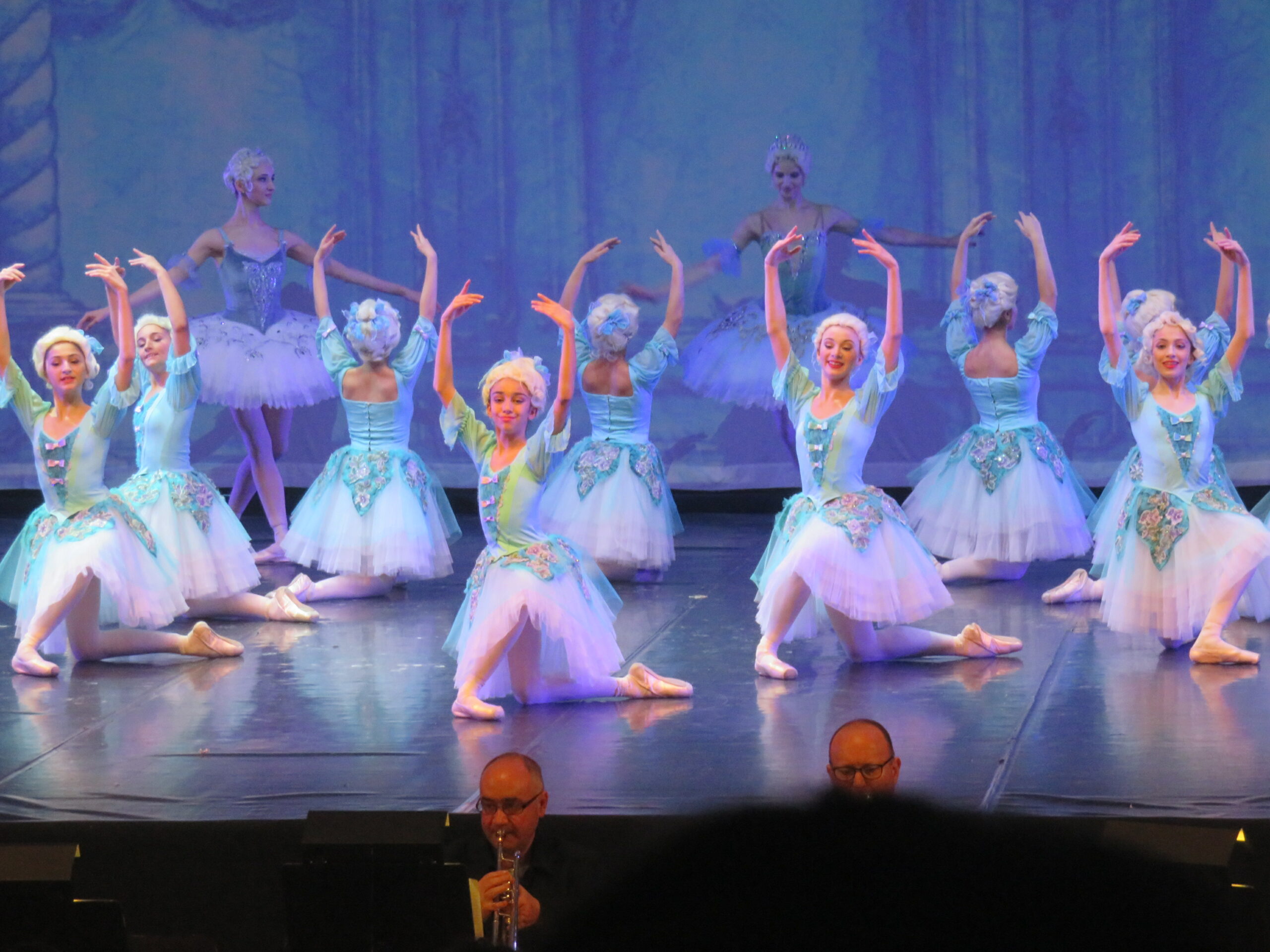
Students from the Brigitte Gauci Borda School of Dance (foreground) performing in 2019 for the Dance Showcase at MCC featuring live orchestra and dancers from the Bolshoi.
Can you tell us about your International Ballet Malta initiative?
I created the International Ballet Malta programme three years ago, in August 2018. The idea is to bring in professionals from leading ballet companies to give masterclasses periodically mostly over the weekends. However, this project is not exclusive to my school alone; it is open to all students in Malta and Gozo, because I believe students have to and need to work with professionals in order to improve and evolve. The IBM Associate programme, is for students who want to pursue their career in ballet. Every month I would bring a professional dancer over to teach as part of the project, something I managed to maintain up until the start of the COVID-19 pandemic.
“…[you need] to have the experience of working with professionals from leading ballet companies. I really believe in that very strongly.”
How do the visiting dancers enjoy their time in Malta?
They love the island and they love the people. In fact, one of the guests was kindly supported by the European Foundation for Support of Culture and Konstantin Ishkhanov — Daria Lyakisheva, leading ballerina of the Bolshoi. The Foundation sponsored her masterclasses and paid for her flights and accommodation. In addition to the Bolshoi, we’ve also had guest teachers from the Royal Ballet, English National Ballet, Nuremberg National Ballet, Dutch National Ballet, Opera Graz in Austria, Royal Swedish Ballet, National Ballet of Hungary Budapest, Companhia Nacional de Bailado in Portugal, Hong Kong Ballet, National Ballet of Macedonia,Teatro La Scala & Staatsballett Berlin
How has the programme been received?
The feedback has been very good, and most teachers have really supported the project. They saw how professional it is and how their students were learning and enjoying themselves and being given the opportunity to work with successful, highly skilled professional dancers. Usually, students work once or twice a week with their teacher, and primarily often on syllabus work in preparation for exams. However, students cannot evolve by just doing syllabus work, they need to do open classes and to have the experience of working with professionals from leading ballet companies. This is something I feel strongly about.
You mentioned the EUFSC and Mr Ishkhanov when discussing the origins of the Crystal Palace project. What is your opinion on the role of cultural foundations and philanthropists like these in helping to promote and support the arts?
Well, firstly I must say that it’s very difficult to get sponsorship here in Malta. There is the Arts Council of course, but it’s not easy to get funding through them. I’ve applied for support twice but unfortunately was refused in both instances. It can be very disheartening to spend so long agonising over the application form only to get refused by one point, for example. By contrast, when I worked with Konstantin Ishkhanov, he gave my students a great performance opportunity. The students didn’t have to put any money towards costumes themselves, they benefited from really great tuition and got to spend time and perform with very talented successful professionals. He provided my students with the opportunity to be part of the Crystal Palace production and also supported International Ballet Malta, so I’m very grateful. I believe he’s interested in further collaboration after the COVID-19 situation eases, so who knows what the future will hold.
Have you had students go on to study overseas?
Yes, one is presently studying at the Vaganova Ballet Academy in St. Petersburg and another two are studying at Elmhurst Ballet School. Two others have graduated recently, one from Vaganova Ballet Academy and the other from English National Ballet School, the latter is now dancing professionally with a German dance company. Others who graduated some years ago now have jobs performing in West End Musicals.
When we consider how a relatively small number of students in any artistic discipline decide to choose it as a career path, it must be especially gratifying to see students like these progressing to further studies in dance
Absolutely, in fact I would say that the vast majority of students choose not to pursue ballet professionally. I had another student who studied at the Northern Ballet School, later performing on cruise ships, and as a dancer at Disneyland Paris. Due to the COVID-19 situation she’s back in Malta and is actually teaching for me. It’s always lovely to welcome our students back whenever they return — I’m immensely proud of them and all their achievements, and I look forward to more teaching and many more fantastic projects for years to come.
To learn more about the Brigitte Gauci Borda School of Ballet, please visit the website.
#MaltaDaily





